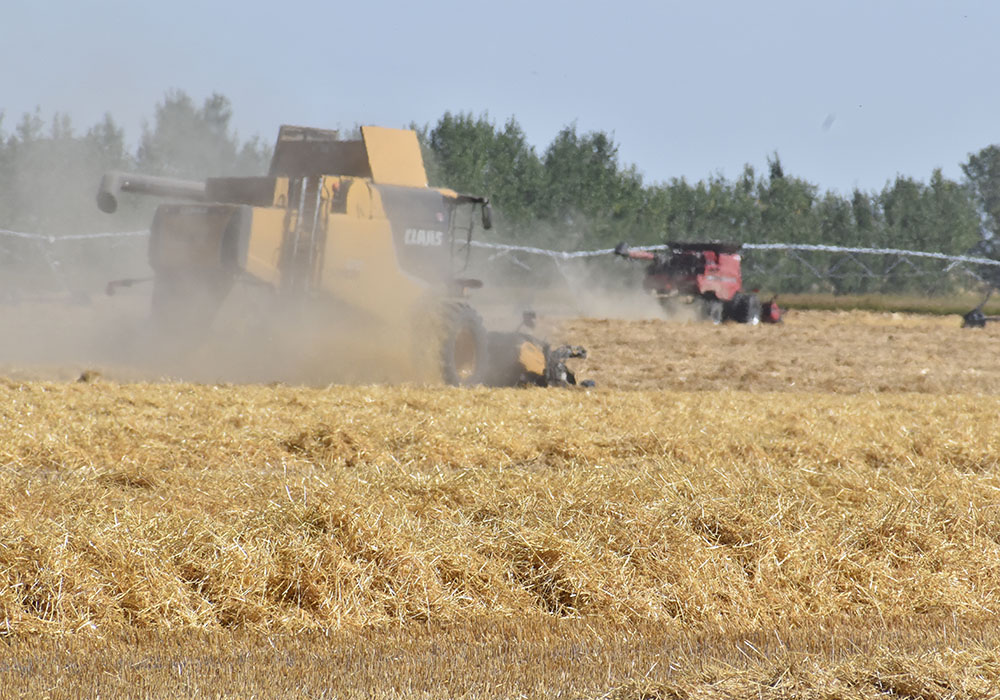Charitable donations down in Western Canada

Although many people are struggling due to the pandemic, charitable donations are down across the country. Though the trend downward has been happening for many years, COVID-19 made it even worse.
“Donations in general have been on the decline for years,” said Tamara Rahmani, the Western Canada Lead for CanadaHelps. “So unless something really shifts we do see that trend continuing, and the pandemic has really exacerbated that.”
Data from RBC states that Canadians saved an extra $280 billion, a record amount. However, despite these extra funds saved, only 12 per cent of Canadians increased their donations during the pandemic, according to an IPSOS poll conducted on behalf on CanadaHelps, while 18 percent reduced how much they donated. I
n Manitoba and Saskatchewan, these numbers are even more concerning, with 25 percent of people more likely to decrease their charitable donations. Regina and Moose Jaw gave the least, and Prince Albert gave the most in the province.
“It’s very concerning, because with the pandemic for almost two years, a majority of charities are facing heightened challenges,” said Rahmani.
Amidst Canadians donating less over the pandemic, charities and non-profits are also in a bind because fundraisers usually held had to be cancelled for public health reasons.
“Because last year there was not enough time to pivot, they’ve lost all that funding came from their events, galas, and their golf tournaments,” Rahmani said. “So what’s happening now is that they’re investing in more digital services and resources, so that they’re able to shift those historically traditional fundraising efforts.”
Despite Manitoba and Saskatchewan having the lowest donations in the country, two agricultural charities in the provinces are still thriving. In Saskatchewan, CHEP, a charity committed to providing healthy food to Saskatoon residents, said it saw an increase in community support during 2020.
In Winnipeg, the Canadian Foodgrains Bank, a church-based charity helping to meet emergency food needs across the globe, experienced an increase in support during the pandemic. Canadian Foodgrains Bank’s funds comes from donations and through growing projects, where crops are grown, sold, and the money donated.
“When the pandemic started, we did change some of our forecasts for revenue in 2020 and 2021,” said Julie Derksen, supporter relations manager for the foodgrains bank.
“But actually, we probably had one of our strongest years last year.”
Derksen said the organization’s success in 2020 is likely due to a variety of reasons.
“It was a very strong farming year, the growing season of 2020,” Derksen said.
“And that revenue was up year over year, but there had been some challenging years previous to that. But our individual and business donations were also up significantly, which was more of a surprise.”
Despite the drought in 2021, Derksen said it won’t negatively affect their numbers too much.
With many other charities struggling to meet needs across Canada, Derksen said the foodgrains bank feels fortunate for the continued support it has received.
“I think we feel really fortunate that our supporters are who they are,” she said.
“Commodity prices being good this year has helped offset some of those challenges. We have a strong rural support base, which I think has made some of that easier.
“I would say our supporters who had the means really felt called to respond.”
Source: producer.com

